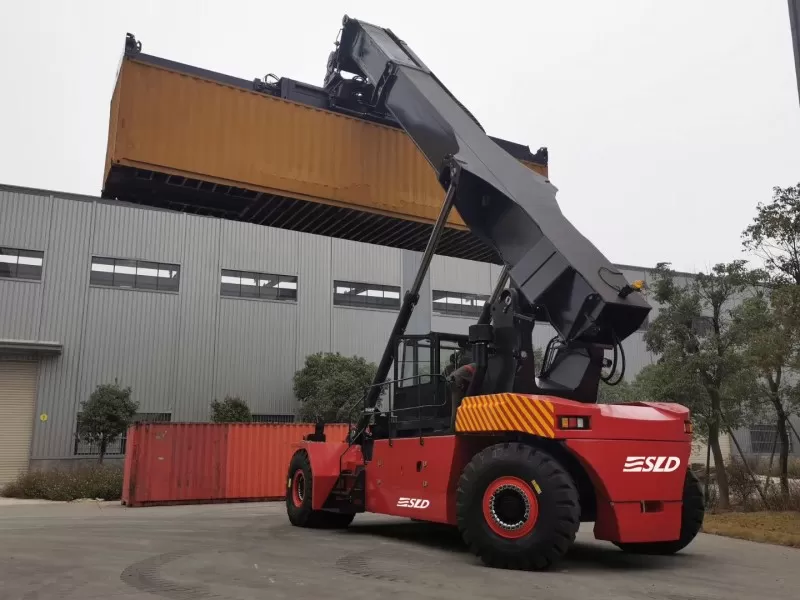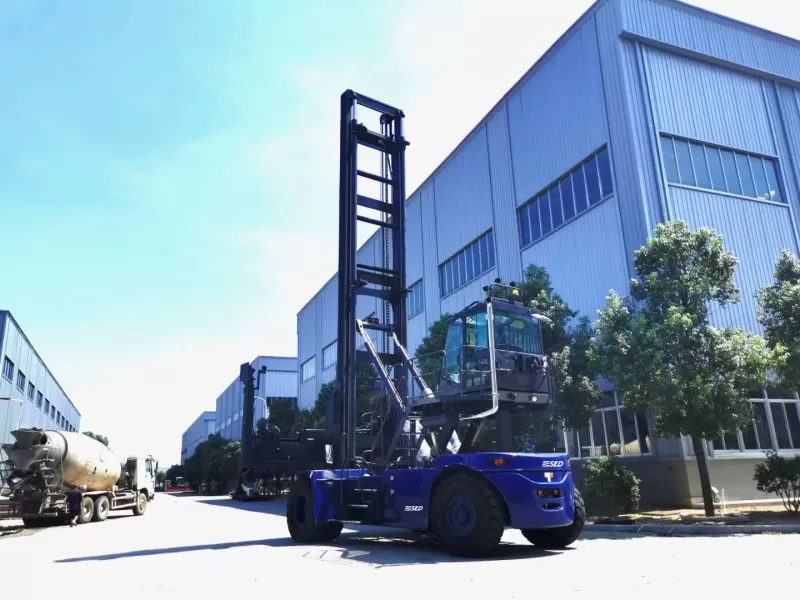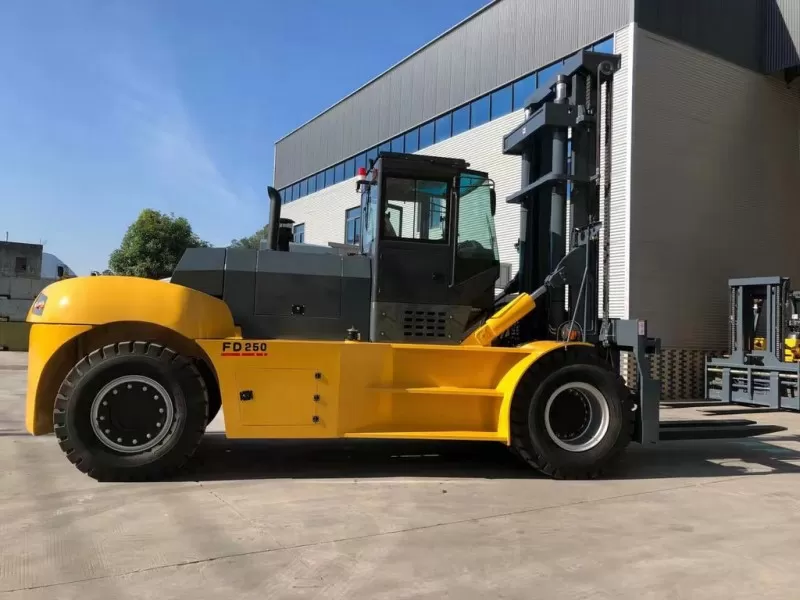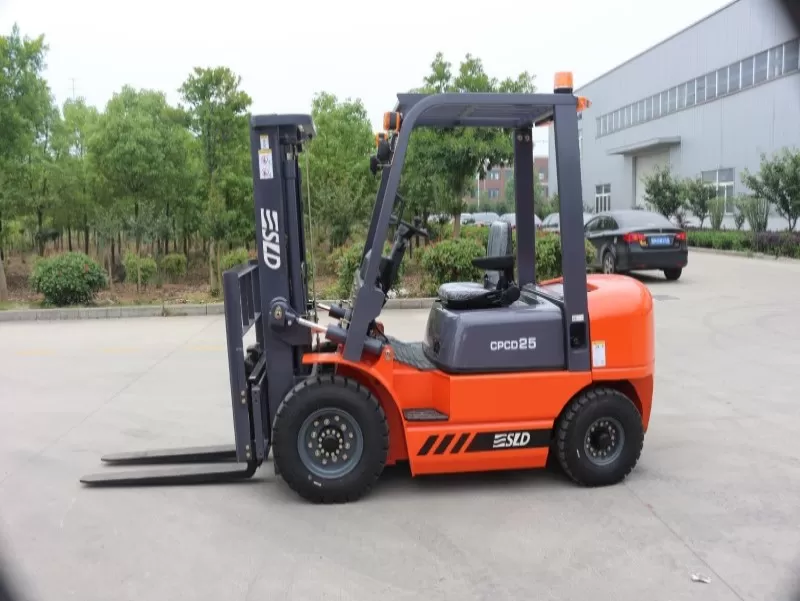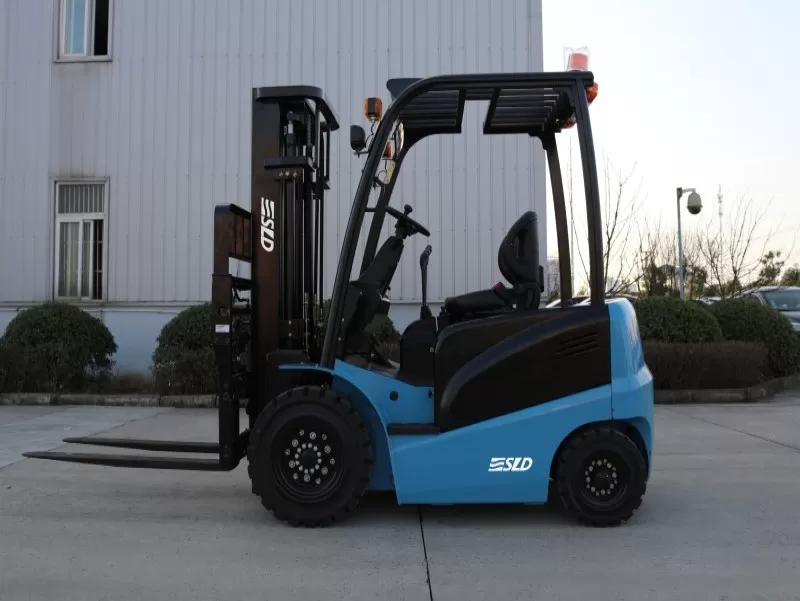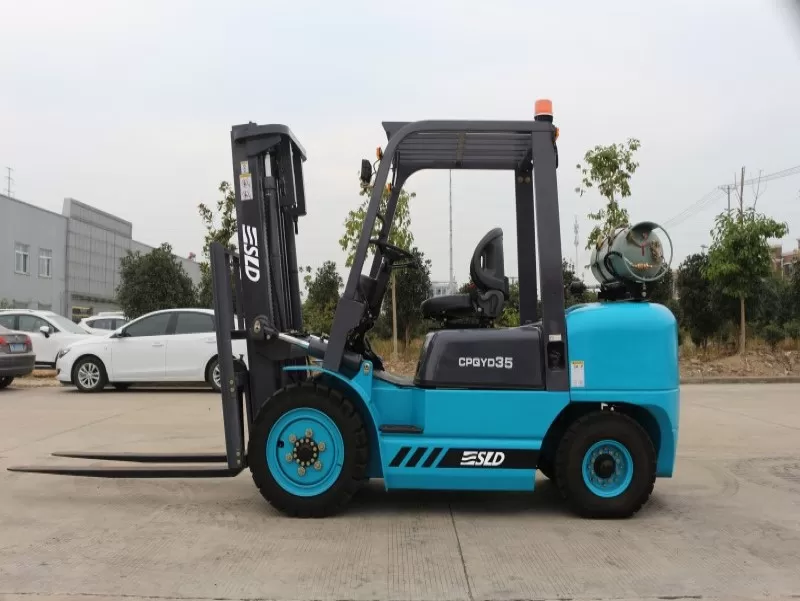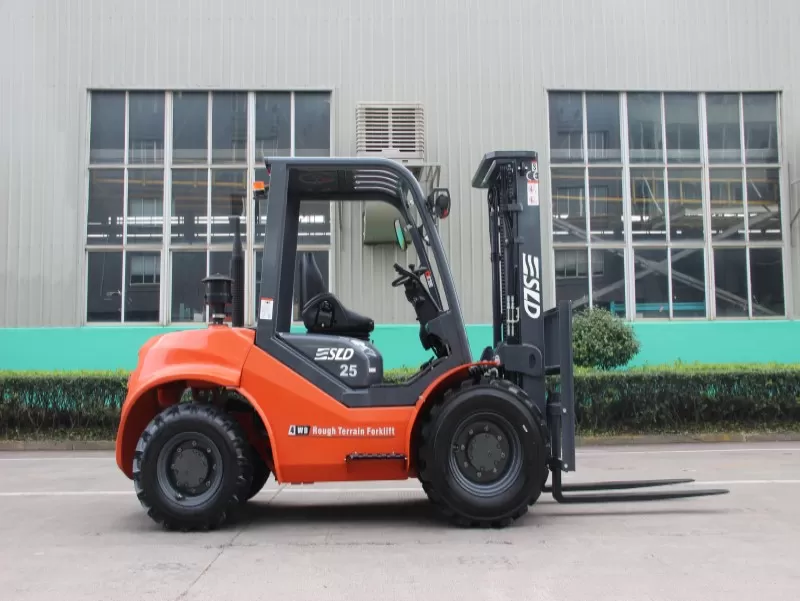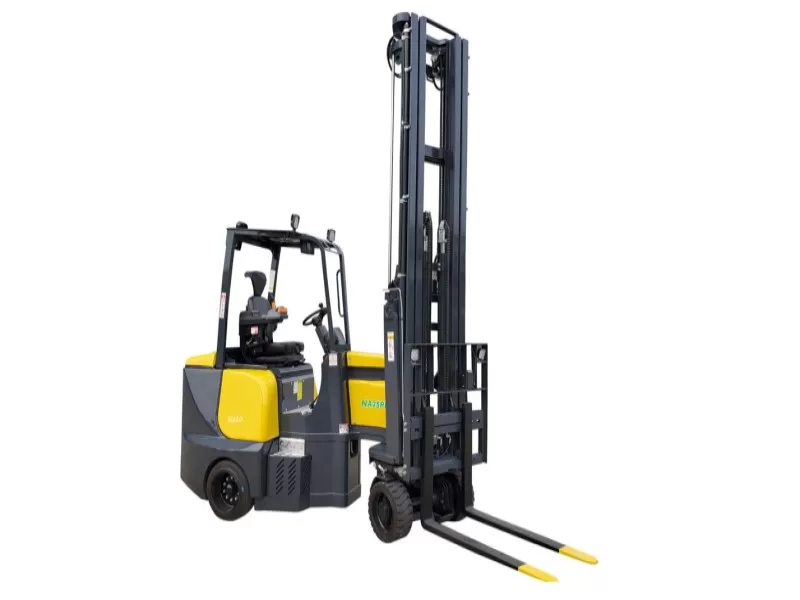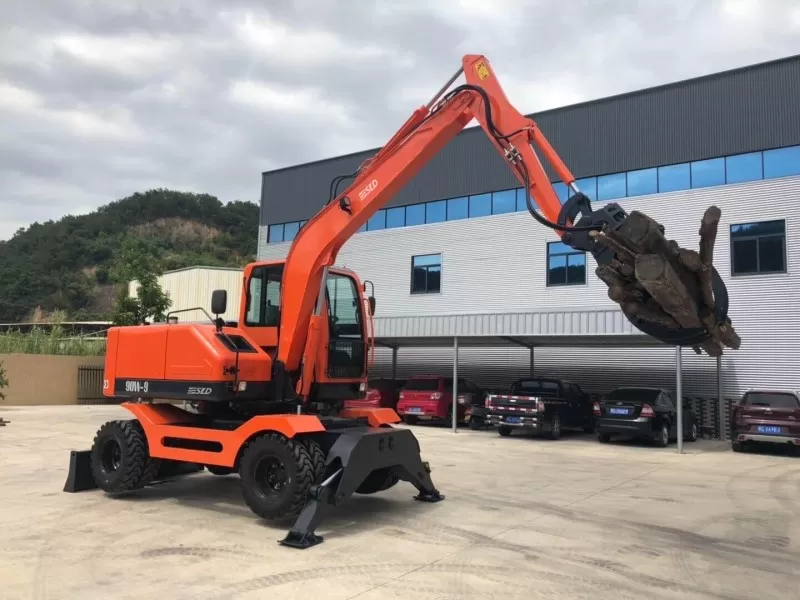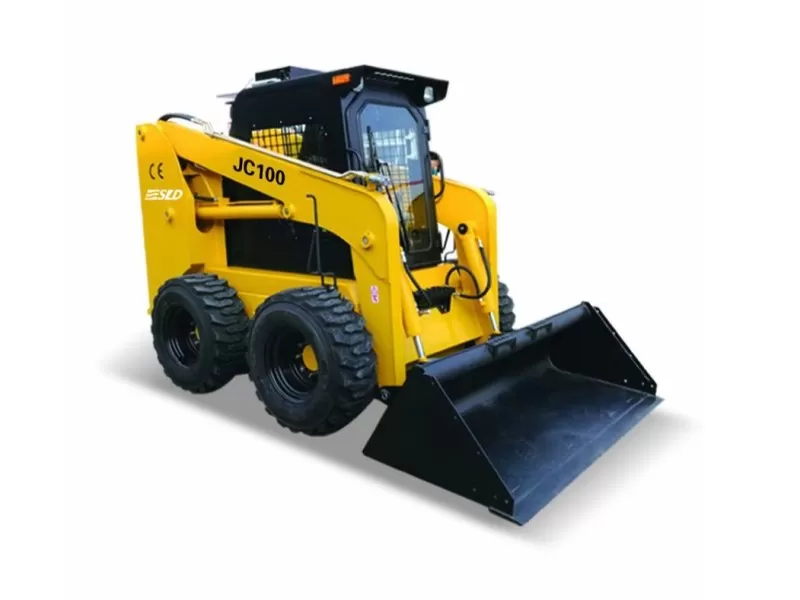Introduction to the inspection and elimination of engine oil leakage, air leakage and water leakage
Nov, 2022
During the use of the engine, the most common faults are "three leaks", air leakage, oil leakage and water leakage.
The "three leaks" of the engine worsen the technical state of the engine, accelerate the wear of spare parts, frequent faults, difficult to start, increase fuel consumption and reduce power. The "three leaks" of the engine must be paid attention to and checked and eliminated in time.
leak
Air leakage at the joint between the engine body and the cylinder head will burn the cylinder gasket and reduce the engine power. Air leakage in the intake system will suck dust into the engine cylinder, which will aggravate the wear of cylinder liner, piston, piston ring, valve and guide tube. The engine air leakage sound is an uninterrupted and sharp "squeak, squeak" sound during its work. Open the oil filler cap, the sound is obvious, and a large amount of gas comes out from the oil filler.
Causes of air leakage
The piston ring is not tightly connected with the cylinder wall, the gap between the piston ring port is too large or the ports of each ring coincide in the same direction, the cylinder wall is scratched with grooves, the elasticity of the piston ring is too weak and the piston ring bites in the ring groove.
Methods for judging and eliminating air leakage:
Stabilize the engine speed. When the sound is obvious, use a screwdriver to short-circuit the spark plugs of each cylinder in turn to see whether the sound disappears or decreases. Add a little oil to the suspicious cylinder, rotate the crankshaft for several revolutions, and then start the engine. If the sound decreases or disappears at the initial start, and the sound appears again after a few minutes, it is an air leakage sound. If the noise is slight, you can continue to use it. If the air leakage is serious, pull out the piston for inspection. If the piston ring is stuck, the carbon deposit shall be removed. If its ports coincide in the same direction, it shall be adjusted according to the regulations; If the elasticity of the piston ring is too weak or the cylinder liner is worn too much, replace the piston ring or repair the engine.
Oil leakage
Oil and diesel oil leak out, oil consumption increases, the appearance of the engine is clean and beautiful, and the leaked oil is difficult to clean after bonding with smoke and dust. The oil of the lubrication system seeps out or rushes into the combustion chamber for combustion, which will reduce the oil level of the oil pan. In serious cases, it will make it difficult to form a lubricating oil film due to lack of oil at each lubricating point, so that the parts can not be lubricated. After dry friction, the fitting clearance exceeds the limit. The oil leakage of various assembly components of the fuel supply system, such as oil transfer pump, fuel injection pump, fuel injector and mutual oil pipe joints, will cause intermittent or difficult oil supply, resulting in "cylinder knocking" of the engine, unstable speed, poor or unable to catch fire and other faults. If the filter screen and filter element are damaged, they should be replaced in time, otherwise the unclean diesel oil will leak into the three precision coupling parts, which will accelerate the wear of precision coupling parts and cylinder parts when injected into the combustion chamber.
Causes of diesel leakage
1. Oil seal of oil transfer pump: if the oil seal of oil transfer pump is damaged and the seal is not tight, diesel oil will leak into the gear housing from the oil seal, causing the oil level of oil pan to rise
2. Joint surface of fuel injector connecting rod and high-pressure oil pipe: if the fastening is not firm or the geometric accuracy is not high, the high-pressure oil from the oil pipe will leak into the upper part of the cylinder head, and then return to the oil pan from the oil return hole, causing the oil level to rise.
3. Fuel injector return pipe joint: if it is not fastened firmly or sealed tightly here, diesel enters the upper part of the cylinder head and then returns to the oil pan from the return hole, causing the oil level to rise.
4. Poor atomization of fuel injector: at this time, the mixing quality of fuel from dry and non foggy}- fu * air is very poor and cannot be burned, causing liquid particles to flow into the oil pan from the cylinder wall.
Causes of oil leakage
The front and rear oil seals of the crankshaft are damaged, and the paper pad on the lower plane of the oil pan and cylinder block is damaged; The oil pipe connecting the oil radiator is broken and the oil pipe joint is loose, resulting in oil leakage and oil consumption.
The crankshaft oil seal, oil pan and cylinder block lower plane paper pad are damaged and should be replaced. In order to prevent oil leakage due to the rupture of the oil pipe connecting the oil radiator, the fixing point of the oil pipe can be appropriately increased during installation, and other parts shall not contact the machine body to avoid damaging the oil pipe. If the oil pipe is broken, it must be replaced. If the pipe joint is loose, the nut can be tightened again.
water leakage
During the use of the engine, the water leakage of the cooling system will be caused due to the wear of parts, cracks or loose connections. Water leakage is a common fault of diesel engine cooling system. Water leakage not only brings trouble to adding water, but also leads to crack of cylinder head. The leakage of the water stop ring of the cylinder liner will dilute the oil in the oil pan, rust the parts and aggravate the wear, and burn the bearing bush in serious cases. Water leakage will overheat the engine and affect the normal operation of the engine.
Cause of water leakage
1. The water seal of the water pump fails and the seal is poor: the cooling water leaks into the gear housing from the water seal, so the oil level rises.
2. Poor sealing of the rubber ring of the fuel injector sheath: the cooling water enters the upper part of the cylinder head and enters the oil pan from the oil return hole, resulting in the rise of the oil level.
3. Sealing failure of cylinder liner rubber ring: the cylinder liner rubber ring plays the role of preventing the cooling water in the cooling chamber of the engine body from entering the oil pan. If the rubber ring seal of the cylinder liner fails, it will directly cause the cooling water to enter the oil pan.
4. Cylinder head crack: when the bottom plate of the cylinder head or the air inlet and exhaust passage is cracked, the cooling water enters the piston crown or air inlet and exhaust passage from the water channel of the cylinder head, and then enters the cylinder to raise the oil level of the oil pan.
Diagnostic methods and troubleshooting measures
1. Check the rubber ring of cylinder liner for water leakage. Observe whether there is water flowing down at the rubber ring at the outer edge of cylinder liner under the light of electric lamp. To check the cavitation of cylinder liner is to observe whether there is water flowing down at the inner hole of cylinder liner.
2. Check whether there is crack in the cylinder head, whether there is crack in the air inlet and exhaust duct and whether there is water leakage in the intercooler. Check whether there is water in the air inlet and exhaust pipe or air inlet and exhaust duct; For cracks on the bottom plate of the cylinder head, check by removing the cylinder head.
3. Check the fuel injector sheath for water leakage, high-pressure oil pipe joint for oil leakage and return pipe for oil leakage. Remove the cylinder head cover for observation during engine operation. You can also remove the cylinder head cover while the engine is still and observe whether there is water leakage at the fuel injector sheath.
4. Check whether there is water leakage in the oil cooler by checking whether there is water in the low-temperature cooling water. This is because when the engine is running, if the oil cooler leaks, the oil pressure is greater than the water pressure, and the oil is bound to leak into the cooling water.
5. The cracks and water leakage of cylinder head, engine body and supercharger intermediates often pass the sealing test, which is difficult to observe with the naked eye.








